|
|
This chapter provides information on the FastHub 100+ series hubs. The information is organized into the following sections:

http://www.cisco.com. For more information, see the chapter "Documentation" at the end of the catalog.
The FastHub 100+ series of 100BaseT hubs combines all the benefits of stackable hubs with unmatched configuration flexibility, exceptional affordability, and integrated Cisco IOS software functionality. Alone or in conjunction with Cisco routers and switches, these cost-effective hubs deliver ten times the performance of 10BaseT hubs in a scaleable, manageable, and resilient solution.
The FastHub 100+ series hubs are ideal high-performance alternatives to 10BaseT hubs, delivering affordable 100-megabits-per-second performance to workgroups and server farms. The FastHub 116T+ comes equipped with 16 100BaseTX ports for connecting your workstations and servers with inexpensive unshielded-twisted pair wiring; the FastHub 116C+ has 15 100BaseTX ports and 1 100BaseFX port for linking unshielded twisted-pair (UTP) devices to a fiber Fast Ethernet backbone.
Both hubs expand easily to 32 ports within a single unit by simply installing a 100BaseTX/16 port module in an expansion slot. The module is hot-swappable, so you can add users without powering down the network and disrupting existing users. Up to four fully configured FastHub 100+ series hubs can be interconnected using a hub expansion cable to create a single, 128-port logical repeater. For the ultimate in expandability, the hub's unique Class II design lets you connect two of these 128-port stacks directly together---other hub stacks may require an intermediate switch or router.
Each FastHub also has a second expansion slot for a hot-swappable network management module (NMM), so you don't have to sacrifice adding users to add management. Only one module is needed to manage an entire FastHub 100+ series stack. SNMP, Telnet, Remote Monitoring (RMON), and an out-of-band management console are all supported for comprehensive management and simplified troubleshooting on a per-port, per-hub, and per-stack basis. And an extensive array of mode-selectable LEDs offers a convenient visual display of each port's status and the overall traffic load.
For management redundancy, a second NMM can be added to the stack. An optional redundant power supply will also be available to keep the network up and running for your mission-critical applications.
The FastHub 100+ series hubs provide the following key benefits:
Figure 139 : FastHub 116T+ Front View
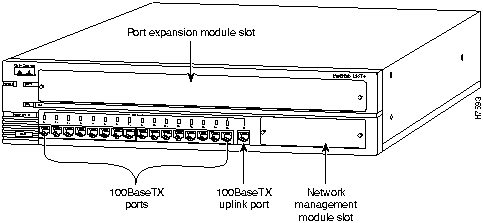
Figure 140 : 116C+ Front View
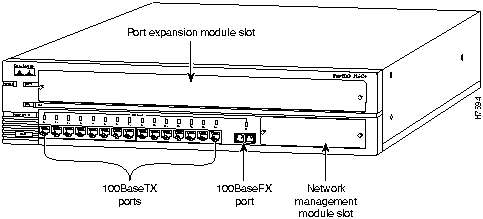
Figure 141 : FastHub 100+ Series Units in a Rack
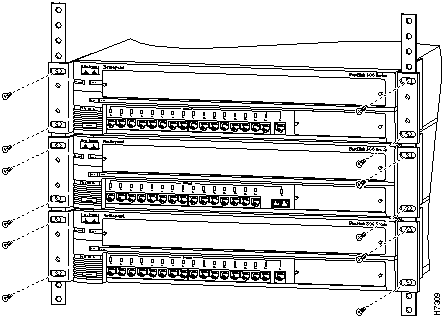
Figure 142 : FastHub Stack Rear View (Expansion Cable Connections)
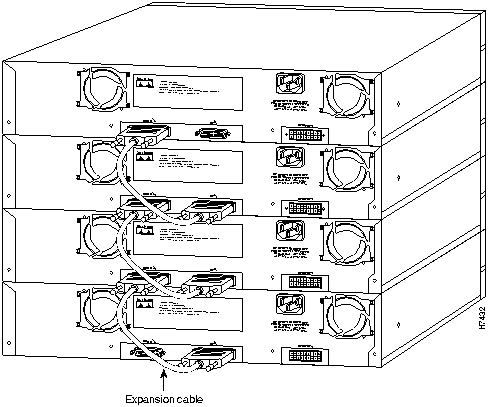
Table 279 : FastHub 100+ Series Summary of Features
| Characteristics | Description |
|---|---|
| Configuration guidelines | 1043 ft (318 m) maximum cable distance between any two end stations with one FastHub 100+ hub in the path using a combination of UTP and fiber cabling
731 ft (223 m) maximum cable distance between any two end stations with two FastHub 100+ hubs in the path using UTP wiring only 774 ft (236 m) maximum cable distance between any two end stations with two FastHub 100+ hubs in the path using a combination of UTP and fiber cabling 702 ft (214 m) maximum cable distance between any two end stations with one FastHub 100+ hub and one third-party 100BaseT Class II hub in the path using UTP wiring only 741 ft (226 m) maximum cable distance between any two end stations with one FastHub 100+ hub and one third-party 100BaseT Class II hub in the path using a combination of UTP and fiber cabling 328 ft (100 m) maximum cable distance between a 100BaseTX port and an end node using UTP wiring only |
| Indicators | Per-port LEDs indicate Link Integrity, Receive Activity, and Enabled/Disabled status
Per hub activity meter and Collision LEDs gauge network load Hub ID and hub status LEDs Redundant power supply status |
| Cabling requirements | 100BaseTX ports:
Integrated 100BaseTX media interface for use with two-pair Category 5 UTP cabling Standard RJ-45 connectors 100BaseFX port: Integrated 100BaseFX media interface for use with 62.5/125- or 50/125-micron multimode optical fiber Standard SC connector |
| Network management support | SNMP MIB II, SNMP MIB extensions, Ethernet Interface MIB, Repeater MIB, and RS-232 MIB
Manageable under CiscoWorks and other SNMP management systems IP address assignment via Dynamic Host Control Protocol (DHCP) or Bootstrap Protocol (BOOTP) Cisco device discovery support using the Cisco Discovery Protocol (CDP) and the CDP MIB Remote Monitoring (RMON) MIB (EtherHistory, EtherStats, Alarms, and Thresholds) Telnet VT100-based out-of-band management console |
| Dimensions (H x W x D) | 3.43 x 17.75 x 12.00" (8.7 x 45.1 x 30.5 cm) |
| Weight | 15 lbs. (6.8kg) |
| Agency approvals | UL 1950
CE CSA 950 EN 60950 IEC 950 |
| Electromagnetic emissions certifications | VCCI II
EN 55022B CE Marking FCC Class A |
Table 280 : FastHub 100+ Series Environmental Specifications
| Description | Specification |
|---|---|
| Power consumption | 80 watts |
| Input voltage | 90 to 250 volts, 50 to 60 Hz |
| Operating temperature | 23° to 113° F (--5 to 45° C) |
| Storage temperature | --25 to 70°F (-32° to 21° C) |
| Operating humidity | 10% to 85% noncondensing |
| Operating altitude | up to 9843 ft (3000 m) |

The FastHub 100+ series hubs include the following features:
The FastHub 100+ series support the following applications:
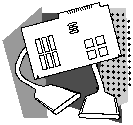
Table 281 lists the product numbers you can use to order the FastHub 100+ series products.
Table 281 : FastHub 100+ Series Product Numbers
| Description | Product Numbers |
|---|---|
| FastHub 116T+ (100BaseTX base unit) | WS-C116T+ |
| FastHub 116C+ (100BaseT/FX base unit) | WS-C116C+ |
| 100BaseTX/16 (16-port 100BaseTX module) | WS-X116 |
| NMM (network management module) | WS-C116-NMM |
| Expansion cable (hub stacking cable) | WS-C116-CAB-EXP |
|
|
Copyright 1988-1996 © Cisco Systems Inc.